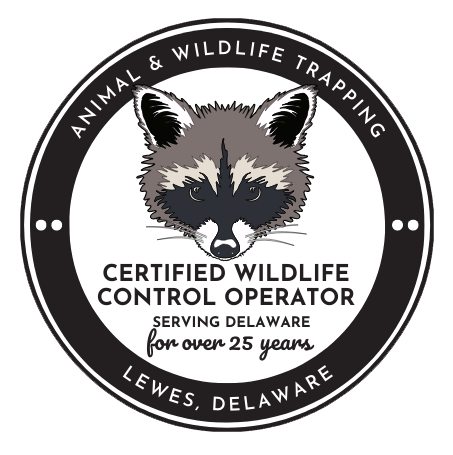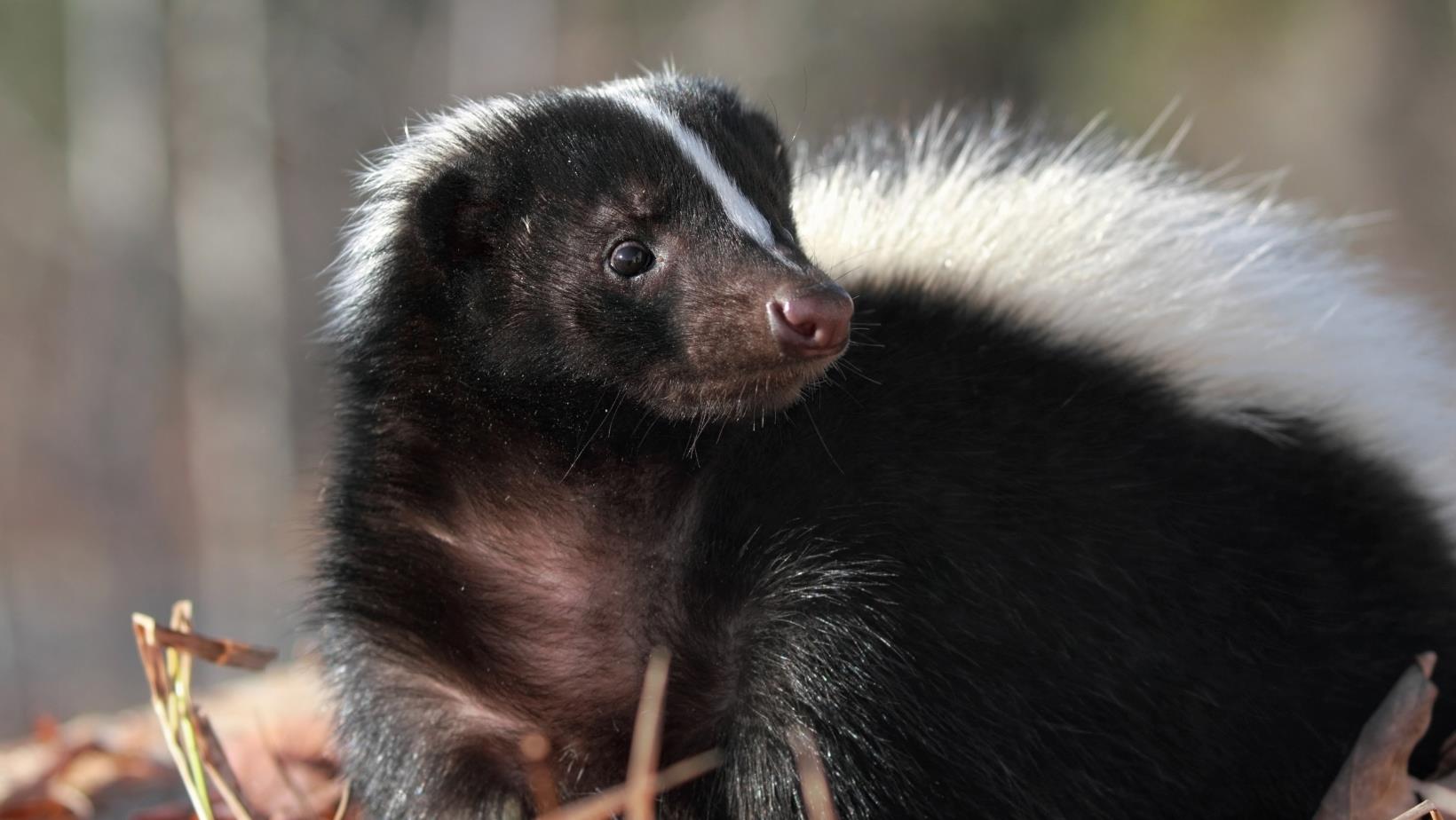Understanding Wildlife Behavior and Habits: Paving the Way for Effective and Humane Trapping
The Intricacies of Wildlife Behavior
Every animal species has its unique set of behaviors and habits, which are deeply ingrained in their survival instincts. From the cunning raccoons to the agile squirrels, these behaviors are often the result of evolution and adaptation to their environment. By studying and grasping these behaviors, experts at Animal & Wildlife Trapping gain insights into the animal's patterns, preferences, and vulnerabilities.
Patterns of Movement
One of the fundamental aspects of wildlife behavior is their movement patterns. Animals establish territories, forage for food, and seek shelter in consistent ways. For instance, raccoons might have a specific route they take through your property while searching for food. Understanding these patterns enables effective placement of traps in strategic locations, increasing the likelihood of trapping the target animal.
Feeding Habits
An animal's feeding habits can reveal a lot about its behavior. Some species are opportunistic feeders, while others are more selective. By identifying the preferred food sources of a particular animal, experts can use this knowledge to bait traps with enticing treats. This significantly enhances the chances of luring the animal into the trap.
Shelter and Nesting Preferences
Wildlife seeks shelter and nesting spots that align with their natural tendencies. Skunks might look for cozy, secluded areas, while squirrels might prefer high, secure spaces. Understanding these preferences allows trappers to identify potential entry points and set traps where the animals are most likely to encounter them.
Nocturnal vs. Diurnal Behavior
Another critical aspect is the animal's activity schedule. Animals are categorized as either diurnal (active during the day) or nocturnal (active during the night). This knowledge informs trappers about the ideal time to set traps for maximum success. For instance, raccoons, known for their nighttime antics, are best targeted with traps set after dusk.
Ethical Considerations and Human-Wildlife Conflict
While effective trapping is essential for wildlife control, it's equally important to approach it ethically and responsibly. Understanding wildlife behavior aids in minimizing stress and harm to the animals. By comprehending their movements, habits, and reactions, trappers can select the most humane trapping methods and ensure the animal's well-being throughout the process.
CONTACT US
Animal & Wildlife Trapping
Phone: 302-236-1273
Animal & Wildlife Trapping
Phone: 302-236-1273
WE SERVE
Located in Lewes, DE serving Delaware, Sussex and
Kent Counties.
Located in Lewes, DE serving Delaware, Sussex and
Kent Counties.

Animal & Wildlife Trapping
is a certified wildlife control operator. We offer professional and safe trapping, removal and release of wildlife. Our removal of wildlife covers: foxes, raccoons, squirrels, groundhogs, skunks, opossums, beavers, cats, snakes, bats, birds, pigeon, otter and much more wildlife. Also contact us for carcass removal and chimney caps for exclusion and prevention. We are located on Lewes, DE servicing Delaware, Sussex and Kent Counties. Licensed and insured in the state of Delaware. Licensed and insured for fishing and wildlife.
Serving Delaware for over 25 years.

